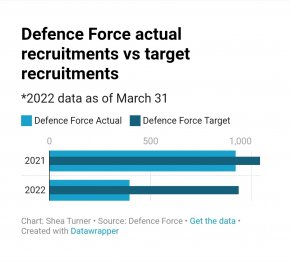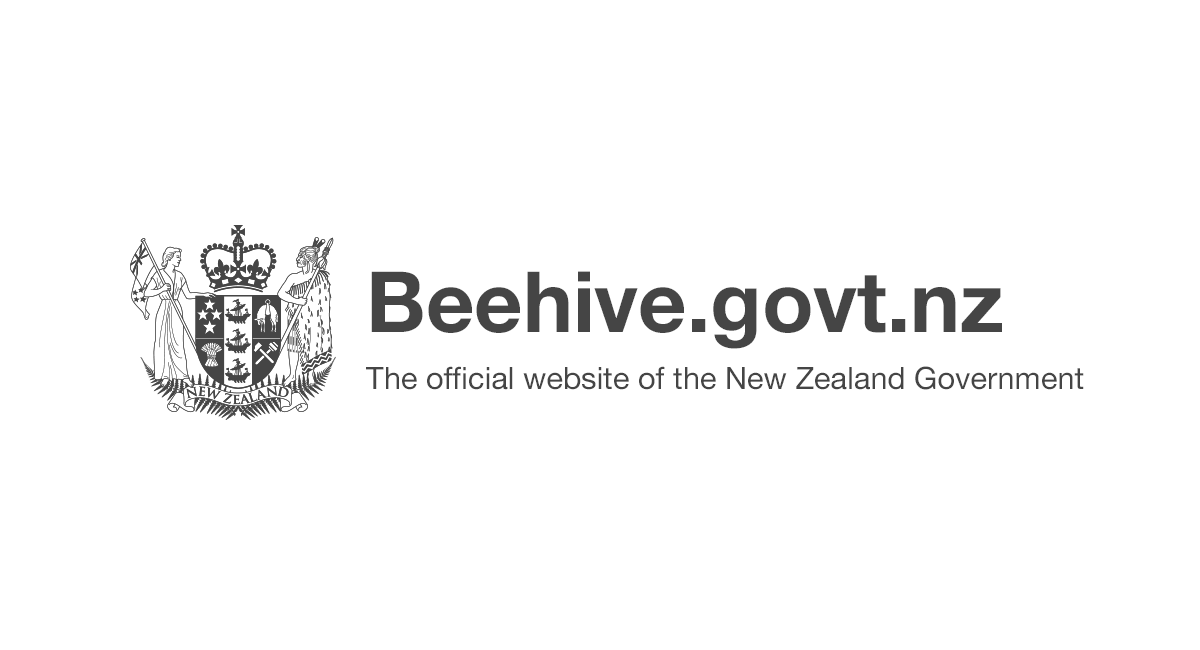SECURITY
Defence spending will rise over the next five years.
Government documents show the defence establishment will spend NZ$5.9 billion on new equipment in the five years beginning 2021/22, up more than 40% on an earlier outlook.
Minister of Defence Peeni Henare said in a statement that the defence force would receive an additional NZ$662.5 million to maintain existing defence capabilities and more money to boost salaries of lower-paid staff in the defence force.
"What we are funding today is the regeneration and strengthening of our Defence Force," said Henare.
Heavy spending was targeted towards infrastructure, including new schools, and defence, while funds were also allocated to ease the impact of global inflation on New Zealanders

www.business-standard.com
Just trying to decipher the mixed messaging, at best perhaps the Govt. has recognised the need to invest more and perhaps earlier than planned, but presumably in subsequent years (for example 2023/24 or 2024/25 etc), rather than this year 2022/23 although an additional $662.5m has been provided.
Perhaps that's the start but exactly what that funding is going towards isn't very clear yet (the DefMin mentioned a "significant funding boost for depreciation expenses" in his press release outlined by Boardgamer above, but unless "we" have access to the budget documents (like the reporter quoted above) or another reporter or defence analyst provides some details we may have to wait until the Govt releases the Govt
budget documents in detail. Which will be on the Treasury
website.
But to give us some indications we can look back to last year's
budget docs. See
details of appropriations and capital injections, and
Part 1 Vote as a Whole, and
Part 2 Details of Departmental Appropriations etc.
But back to today's budget announcement, at worst the DefMin (IMO) has disappointed. His stated priorities were People and Infrastructure and the Pacific. In terms of People his new announcement today is "90 million over four years will go to improving the pay of lower-paid Defence Force staff". Which although is good for anyone being underpaid (exactly who, does he mean junior recruits or civilian employees), I would have liked to have seen more focus and funding on lifting pay and conditions as a whole for NZDF staff and their living arrangements, also more focus on recruitment and retention and also more focus on attracting skilled personnel for new initiatives and capability development (eg technical weapons specialisation, cyber and electronic warfare etc).
In terms of Infrastructure, it appears no new funding apart from whatever the DefMin and Defence are already working on eg improvements to existing base facilities (how about some new initiatives such as increased resilience eg increased fuel storage etc, 7or hazards/munitions storage for new capabilities for the likes of the P-8's etc, or hardening bases' critical structures against "terrorist" attacks, or looking at extending key civilian airport runways and plans for dispersal areas should eg P-8's need to operate down south in support of Southern Ocean ASW operations or up north undertaking the same functions (i.e. plan for dispersing key assets as per experiences from past world wars etc).
And in terms of the Pacific, again nothing new.
The ACT Party appears
underwhelmed by today's announcement (I wonder about the accuracy of some of their statements, but the sentiment is spot on). But at least if there was to be a change of Govt in the future, at the very least they will drag the current main Opposition Party to consider greater cooperation and interoperability with our closest neighbors, which makes a lot of sense geographically and in terms of industry and Defence opportunities.
Fast Air may be back (Superhornets)? And for the Navy, highly capable Frigates.

Defence spending would jump dramatically and more state-owned companies would be floated on the share market to raise billions of dollars under ACT’s alternative budget. Mark Jennings rep

www.newsroom.co.nz




